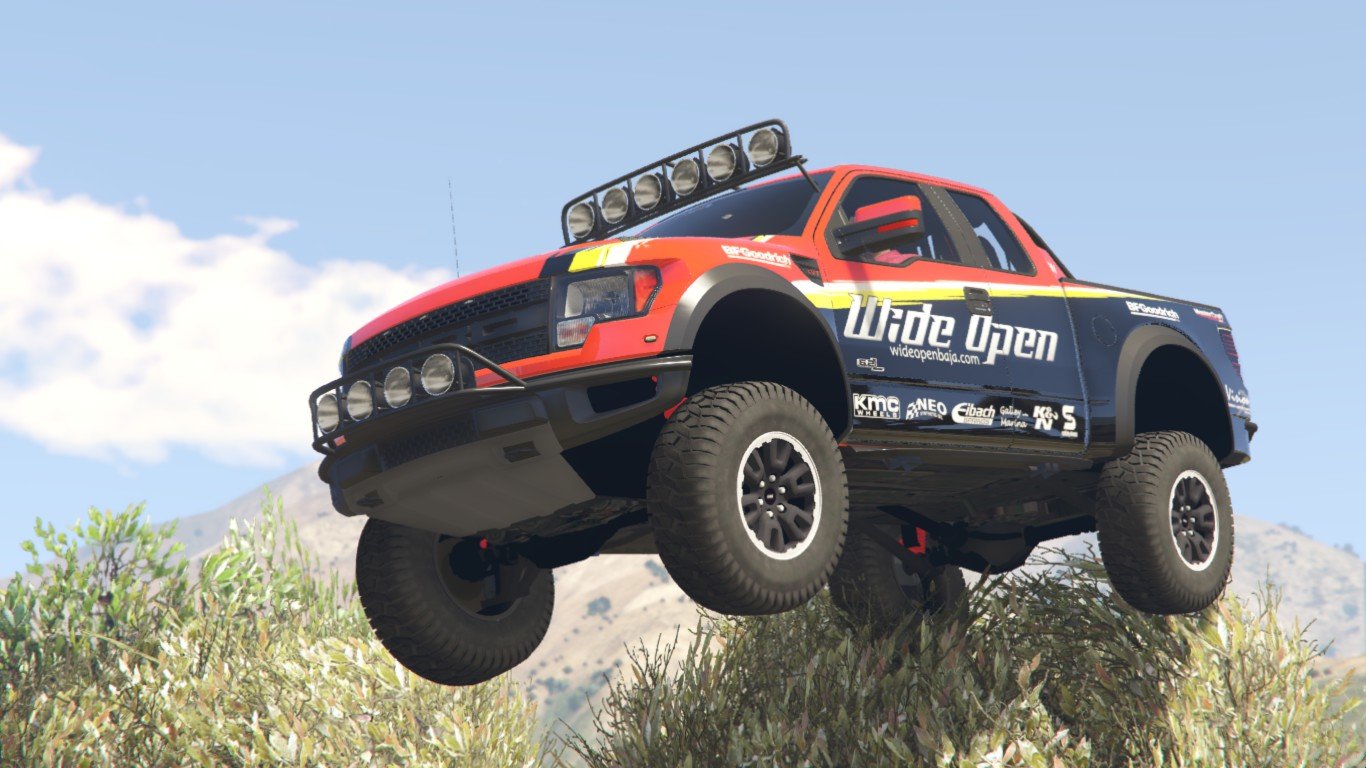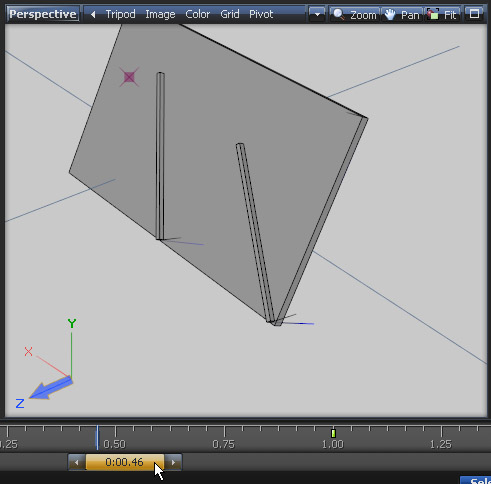
You can not attach an object to itself or to it's direct or indirect child object.3D animation, modelling, simulation, game development & others Applications and Usage:In previouse steps you have used to rotate and move objects in front view. You will return to first dialog, but this time it contains selected object name in 'Attach to:' fields and lists all other objects, so you can select several objects to attach (see an image on the right). Select target object in this list and click OK.
The door will rotate vertical. The pop-up menu will appear. Hold shift and click at the door object (for example doorlfok) in Right view. Select Z-axis mode in Axes Toolbar in a top of ZModeler.

Geometrical brushes contain many geometrical shapes which can be used to stamp or used on the surface of a model to add detail to it. In ZBrush training, you can paint in 2D also, just like in any painting software, but the real power comes from painting with geometrical brushes. You can either brush onto a blank canvas or an existing model and add or subtract details.
Polypainting: In ZBrush, you can add color directly to the polygons with which you create various 3D objects without creating a texture map first. 3D Brush Pack: One of the main features of ZBrush is 3D Brush Pack and the initial installation has 30 #D Brushes and you can access more 3D brushes from the Pixologic site. The main features of the software are: ZBrush Software Architecture:ZBrush Training is packed with features to help in the sculpting of models and meshes.
ZSpheres: Another important feature of Z Brush is the ability it gives to create sculptable models by creating a base mesh which has a uniform topology. GoZ: In ZBrush for GoZ-enabled applications there is a special feature that automatically sets up shading networks for various kinds of element maps like texture maps and displacement maps. Fibermesh: With the help of Fibermesh users are able to easily add fibers to their 3D objects or create various types of plants and vegetation effects. DynaMesh: Another important feature of ZBrush training is the ability to create new models with the help of DynaMesh uniform polygon distribution. Transposing: A ZBrush user can directly work on object parts bypassing rigging up of skeletons by isolating parts of the crafted object.
Alongside its development history, how ZBrush is relevant to the modern needs of the industry today will be reflected upon here. An overview of the ZBrush courses Section 1: 9i Introduction to ZBrushIn this section, you will get to know all about ZBrush and Pixologic. We have taken care to make the course in such a way that novices to find it easy to learn this ZBrush courses. The tutorial has been categorised into 11 major sections and 116 submodules. Best Preview Render helps in creating 360° environment maps for lightingThe online ZBrush courses is a compilation of 116 lectures which cumulates to a total of 21 hours of lectures on this software.
How to get transforming objects info and draw size and options available for symmetry will be covered here. You will get to everything about the various MenuBars and Tools and Options that ZBrush has to offer to you. Section 2: User interfaceVarious features of the user interface will be explained here with a demonstration of their basic functions.
Usage of Blending mask and noise tools will also be thrown light on. How to manage the various layers and use tiling, spotlight, clone, paint & brushes will be elaborated on. You will also get to know about creating Circle, Polygon shapes and what all are the Pallete subdivisions. Section 3: Understanding FeaturesVarious important features of ZBrush like Rendering, Timeline, Gradient, Shadowbox, X, Y, Z Planes will be explained here.
Zmodeler 3 Rotate Objects How To Work With
Section 5: ZBrush PracticalsHere you will be introduced to ZBrush Practicals and get to understand the Practical Interface. You will get an insight into Masking, Shadow, and Topology alongside how to work with Displacement maps. Various other important aspects of Image setting, filter apply the setting, Colour, BPR setting, Fibermesh & settings will be discussed. How to do Polygon subdivision and work with Metcap and Lightcap will be elaborated on. You will get to know how to set the intensity of the brushes.
Section 7: BrushesHer you will get a detailed insight into the working of the various Brushes. You will also get to know about the Preview menu, the Colour menu, Lightbox brushes and Left shelf brushes along with the Brush applications. You will get to learn about the Draw menu, and Tool editing alongside how to work with Texture pallete and Transform options. Section 6: Menu & Brush ApplicationsHere you will gain a strong understanding of various menu options and Brushes that are so unique for ZBrush training.
Section 10: Polypainting & MaskingHere you will get a detailed insight into Polypainting and Appending. How to do Polypainting will be explained. Section 9: Selection OptionsHere you will get to learn some interesting features of ZBrush like working with Alpha layers and Lazymouse. You will also get an in-depth insight into how to work with the Zmodeler in this section. Section 8: ZmodelerHer you will get a comprehensive overview of the Brush application and trim brushes. How to develop new brushes and create new insertions will be explained too.

I am very new to ZBrush. ZBrush Training FAQs – General Questions So anyone who wants to build a career in 3D modeling and sculpting must learn this software. Target Audience for this ZBrush TrainingIf you want to become a 3D modeling software sculptor and to work in the Gaming and Film and Television industry as a 3D Modelling Artist then ZBrush happens to be among the top 2 modeling software available in the market today.
Zmodeler 3 Rotate Objects Professional Work Life
How is ZBrush Different from other 3D Modelling Software?ZBrush training uses a unique and easy Brush oriented approach to sculpting and modeling which is not present in other modeling software available in the market today. ZBrush happens to be very unique when it comes to 3D modeling software and most artists find it a very interesting software to learn. Where can the concepts I learned in this training be applied?The concepts that you will learn from this course can be widely used in your day to day professional work life. So if you learn this software alongside Mudbox it places you in a better position than many a 3D modeling software professional who is only used to Mudbox. What career can I build after learning ZBrush?ZBrush courses happen to be one of the two most widely used 3D modeling software available in the market today. It explains things from scratch so you will have no problems in taking up the course.
So, in other words, you must learn both as both as to its pros and cons. Autodesk Mudbox and ZBrush. Career Benefits of this ZBrush TrainingIf you want to become proficient in 3D modeling software to work in the Film and Television Animation Industry or the Video Gaming Industry there are two programmes that are widely used in the market for modeling.
So I was always inquisitive about Z Brush. ZBrush Courses TestimonialsI have always head of ZBrush Courses being different from other sculpting programmes and its something we must get used to is what I heard. So learning this software places on a path to become professional 3D modeling software artist. You can do very finer detailed sculpting with this software.


 0 kommentar(er)
0 kommentar(er)
